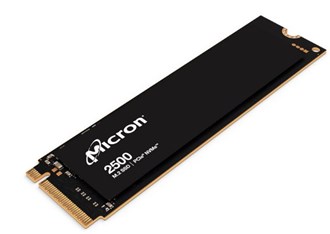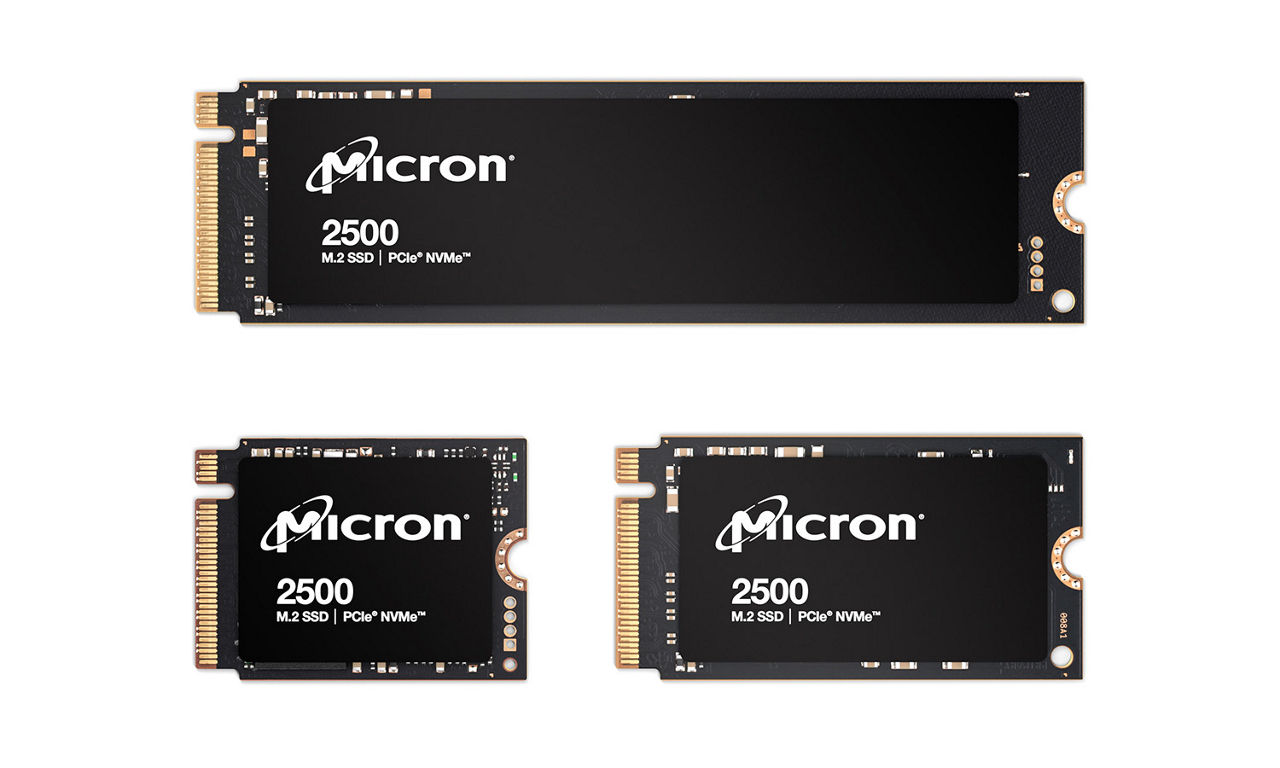Tech Talk
What is QLC SSD?

Last updated 14 May 2024
When it comes to data storage, solid-state-drives (SSDs) have transformed the landscape, especially compared to that of traditional hard-disk-drive (HDD) technology. However, there is so much more to SSDs than just the form factor or capacity. These incredible and powerful things come in various types, including that of Quad-Level Cell (QLC) SSDs - which today are representing the latest advancement in storage technology. But today we want to answer what exactly QLC SSDs are and how they compare to the other types of SSDs. Let's take a look.
Understanding what QLC SSD is
SSDs use NAND flash memory, to which we are talking about QLC SSDs which is a type of this. Firstly, QLC stands for Quad-Level Cell. The important part here is the “quad-level” part of it. This refers to the ability the NAND flash has within the SSD to store data per memory cell - in this case, four bits of data per memory cell.
We will come on the other types of NAND flash memory shortly, but ultimately, it's the latest kind which is about fitting more bits per cell within the device. How is this achieved? It's done so by having sixteen different voltage states per cell, which compared to earlier technologies is more as they simply use fewer. So, let's look at that evolution.

QLC vs SLC vs MLC vs TLC
The evolution continues within NAND flash memory, and we'll understand QLC SSDs a bit better because of the below:
| Type of NAND Flash | Bits per cell | Known for |
| Single-Level Cell (SLC) | One | High performance and durability, more costly, and lower density |
| Multi-Level Cell (MLC) | Two | Good balance between of performance, write endurance, and cost |
| Triple-Level Cell (TLC) | Three | 3x SLC and 1.5x MLC density at lower cost, hindering performance |
| Quad-Level Cell (QLC) | Four | Significant storage density and reduced cost per gigabyte, endurance issues |
Benefits of QLC SSDs
Total cost of ownership: For cost efficiency, it's a primary advantage when it comes to QLC technology and a USP for it's existence right now. By storing more bits per cell, producers of SSDs can produce higher capacity drives at a lower cost. When it comes to CSPs and data centres, this means smaller higher density, higher-capacity SSDs within their data centre footprint, which helps on consolidating and space-use within rack space.
Read performance: For sure, QLC SSDs may not match the write speeds of SLC or MLC SSDs. However, they tend to generally offer up excellent read performance. Where could this be best for? Things like operating system drives that need fast boot times, gaming that involves texture streaming, and database applications.
Storage density: Evidently, QLC SSDs trump other NAND flash in the density department. QLC also has lower power consumption. These things make the SSD type right for some data centres and CSPs. The market has seen the emergence of 61.44TB QLC SSDs with the Solidigm D5-P5336. A staggering feat that will surely continue.
Use cases for QLC SSDs
Data centres: When it comes to data centres and specific deployments like storage arrays, context delivery networks (CDNs) and object storage - QLC is a great option. QLC NAND flash presents real advantages when it comes to storage density and cost-effectiveness, making it a really appealing choice for such environments that deal with large amounts of data.
Consumer use: Outside of the data centre, QLC has its benefits for consumer use. For example, content creators often deal with a vast amount of large files. QLC SSDs can offer large capacity option to store expensive project files and media assets What's more, they act as a great backup options and longer-term storage.
Conclusion
QLC SSDs are a representation of further advancement of storage technology. However, there are trade-offs and everyone's application of the SSD should matter before considering the NAND flash type SSD you choose. There are definite trade-offs when it comes to endurance and write performance, but there is a place for high density QLC storage and we expect to the technology develop further. Speak to Simms about your NAND flash and SSD requirements today.